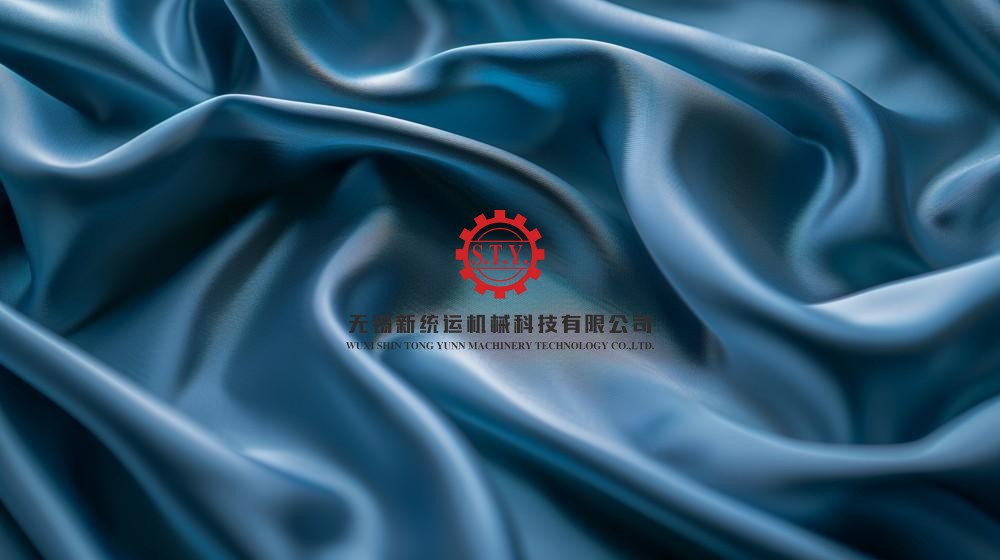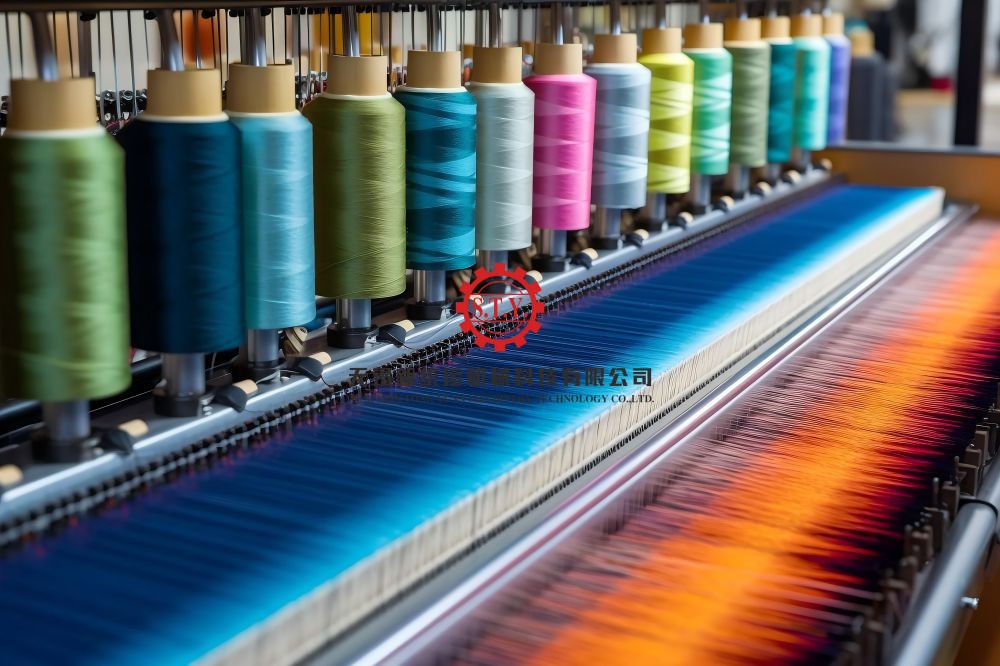What Are You Looking For?
Why the choice of dyeing machine crucial to the quality of dyed products?
Sep 20, 2024There are numerous factors that influence the quality of dyed products, chief among them being equipment, dyes and chemicals, processes (procedures, formulations, conditions) and operational factors. Occasionally, defects in dyeing can also arise due to chance occurrences. Therefore, when analyzing the root causes of quality issues, it's imperative to consider all aspects thoroughly to pinpoint the actual cause, allowing for resolution and prevention of recurring issues. According experience, product quality control measures can be implemented.
In this context, let's delve primarily into the impact of dyeing equipment on the quality of dyed products.
To achieve superior dyed products, not only must suitable dyes be selected based on the type of fiber and fabric, but also must appropriate textile dyeing machine be paired with customized and rational dyeing processes. Despite advancements in production technology and the continuous improvement of dyeing machinery, quality issues stemming from equipment are still not entirely avoidable.

The primary concern related to yarn dyeing machine and fabric dyeing machine is its operational stability, efactors such as machine speed, drying condition, temperature ramp-up and ramp-down rate, and pressure control. When these parameters are tightly controlled, the dyeing and finishing machinery can ensure consistent color reproduction and reproducibility.
Textile dyeing machine pivotal role in achieving even dyeing. To this end, the following requirements are crucial:
1. **Strong Dyeing Process Adaptability**: dyeing machine must be capable of accommodating a wide range of process parameters like temperature, pressure, speed, and treatment time, as well as adjustment to dyestuff and chemical, ensuring compatibility with new processes and technologies. This ensures uniform dyeing and meets other quality standards.
2. **High Automation Level**: Automated detection and adjustment of key process parameters minimize human errors, enhancing precision control. This ensures the repeatability of processes and stabilizes product quality.
3. **Versatility for Multi Processing**: Given the limited resources in dyeing plant and ever-changing market demands, fabric and yarn dyeing equipment should be versatile, allowing for cost-effective processing of various fabric and yarn types while maintaining dyeing uniformity and meeting other quality criteria.
4. **Low-Tension or Loose Running**: Tension is a significant factor affecting dyeing evenness. High or uneven tension can easily lead to quality issues. Hence, dyeing equipment should operate with minimal or uniform tension, preferably in a loose-running mode. It is related with the design of dyeing machine structure.

In addition to the processes and operations defined, the color matching and dyeing levelness of products are intimately tied to the dyeing equipment chosen. The selected equipment must cater to the requirements of various dyeing processes, handle diverse product types, produce high-quality outputs, and be safe, durable, economical, high-speed, efficient, continuous, automated, low-energy consuming and environmentally friendly. In essence, the equipment must guarantee the quality of dyed product.